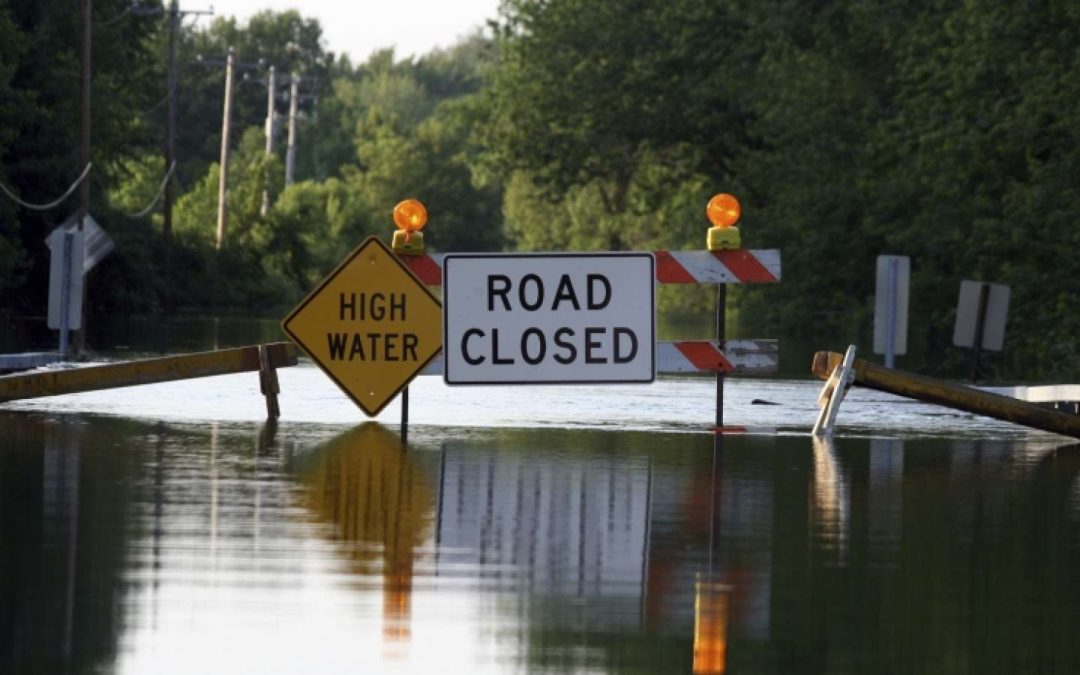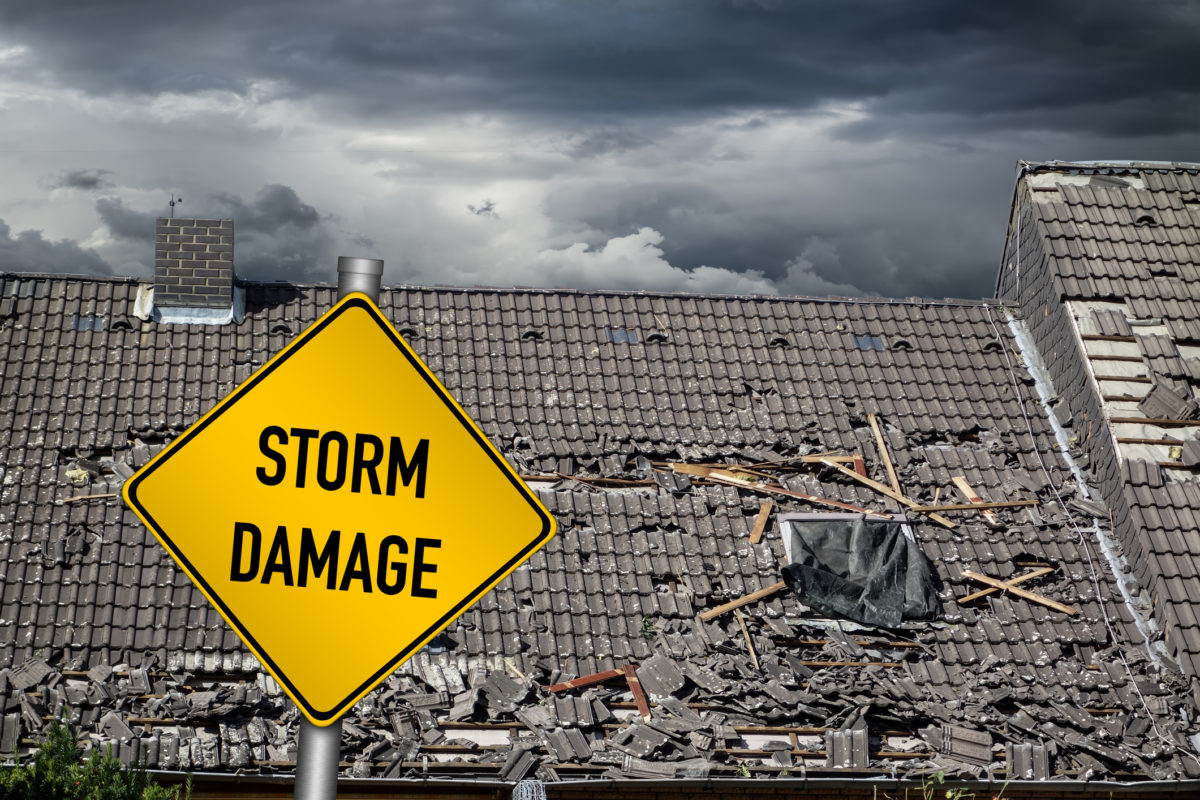With the increasing frequency of extreme weather events, floods are a growing concern for many communities. Fortunately, taking proactive steps can significantly reduce the risk of flood damage to your property and ensure your safety during a flood event. This article provides up-to-financial and practical guidance on flood preparedness and response.
Financial Protection: Flood Insurance
While homeowners insurance typically excludes flood damage, flood insurance is a separate policy that offers crucial financial protection. Here’s a quick breakdown:
- National Flood Insurance Program (NFIP): The NFIP, managed by the Federal Emergency Management Agency (FEMA), offers flood insurance to most homeowners and renters in participating communities. You can check your flood risk and purchase NFIP insurance through your insurance agent or the FEMA website.
- Consider Additional Coverage: Depending on your location and property value, NFIP coverage limits might not be sufficient. Discuss additional flood insurance options with your insurance provider.
Planning for Evacuation
A well-defined evacuation plan is vital for ensuring your family’s safety during a flood. Here are some key steps:
- Identify Evacuation Routes: Research multiple evacuation routes from your neighborhood and familiarize yourself with potential traffic congestion points.
- Designation of a Meeting Place: Establish a meeting place outside the flood zone in case you get separated from family members during an evacuation.
- Assemble an Emergency Kit: Prepare a well-stocked emergency kit that includes essentials like non-perishable food, water, first-aid supplies, medications, flashlights, and a battery-powered radio.
- Plan for Pets: Include a plan for your pets in your evacuation strategy. Consider pet-friendly shelters or boarding facilities in your evacuation zone.
Protecting Your Home from Flood Damage
Several measures can be taken to minimize potential flood damage to your property:
- Sandbags and Flood Barriers: Stockpiling sandbags and temporary flood barriers can help protect doorways and openings from floodwater intrusion.
- Elevate Utilities: Elevate electrical appliances, such as furnaces and water heaters, above the expected flood height in your area.
- Backflow Valves: Install backflow valves in your sewer lines to prevent sewage backup into your home during floods.
- Important Documents: Keep important documents like insurance policies and identification in a waterproof container for easy access during an evacuation.
Remember:
- Stay Informed: Regularly monitor weather forecasts and flood warnings issued by local authorities.
- Never Drive Through Floodwaters: “Turn Around, Don’t Drown” is a crucial flood safety slogan. Six inches of moving water can knock you off your feet, and a foot of water can sweep away a vehicle.
- After the Flood: Once floodwaters recede, prioritize safety. Avoid electrical hazards, be cautious of contaminated water, and wear protective gear while cleaning up debris.
By following these steps, you can significantly increase your preparedness for a flood event. Remember, planning and taking action can significantly reduce the risk of flood damage and ensure the safety of yourself and your loved ones.


